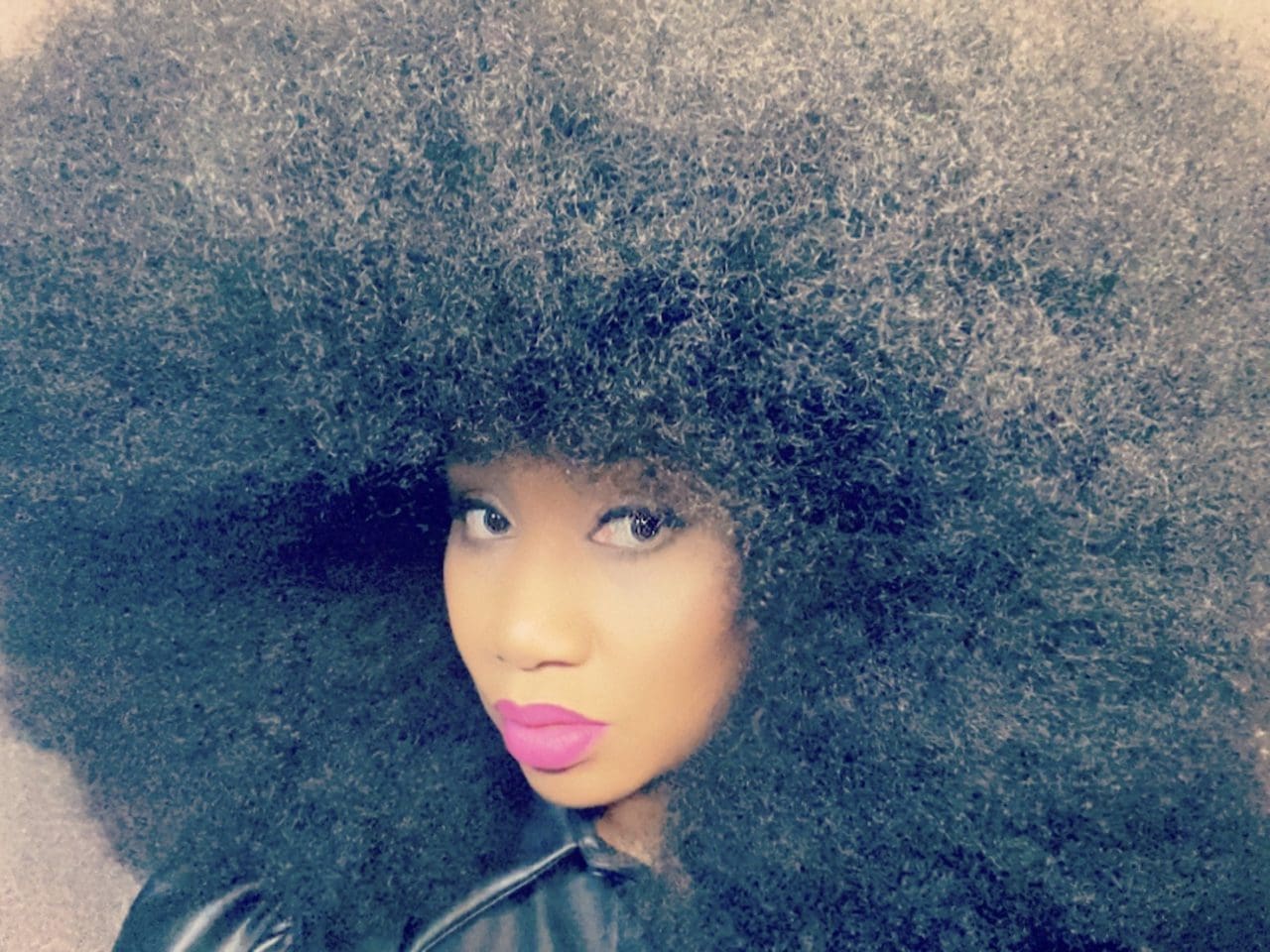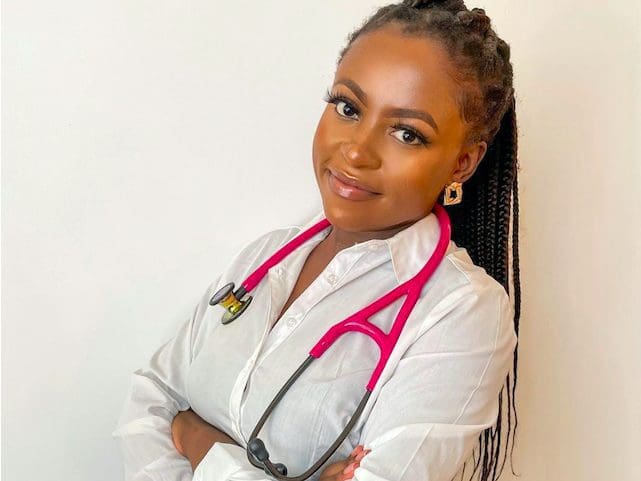Buffalo woman witnesses rent hikes, gentrification in Elmwood Village
We used to sit out front and in the lobby. I knew everyone. They took the chairs away; took the community room away where we had tenant meetings. People come and go without the lobby as a gathering space anymore. I don’t even know who lives here.
- 4 years ago
July 6, 2022

BUFFALO, New York ꟷ Escalating rent in my Elmwood Village neighborhood has led to gentrification and a changing landscape. A lot of the residents here are elderly, physically disabled, or have cognitive limitations. You can tell when people try to run over on them, especially housing managers.
More recently, issues escalated to the point where the Queen City Worker’s Center became involved. It just doesn’t feel like my community anymore in the Elmwood Village. It feels like a dictatorship.
Today, when I walk out the front door of Elmwood Square Apartments, there are around seven businesses no longer operating. Boards cover windows. People are nice but it’s not like when you walked in the store and knew each other.
I hear individuals say Black people won’t help themselves. From my vantage point, gentrification, stealing, nepotism, greed, racism, indifference, and opportunism took away from my neighborhood, not Black people.
The heyday of Elmwood Village
When I moved into this neighborhood 13 years ago, Elmwood Village ranked as one of the Top 10 Great Neighborhoods in America, particularly because of its diversity. I remember the diversity at that time; I remember the quirkiness and the neighborhood characters.
You looked out and saw mom and pop businesses and rows of houses. Down the strip you could find studios, music stores, a newspaper, and a tattoo place. They tore it all down and put up a massive cookie cutter apartment building with stores underneath.
Outdoor bistros used to line the street, up and down. People sat outside and they lit the trees up at night, but that’s all gone. Three rooming houses offered important options for residents. Two mysteriously burned down and a third was demolished. In their place, arose new housing at a price many current residents could not afford.
We used to have panhandlers and big characters in my Elmwood Village neighborhood, but we did not fear them. We knew them and they knew us. Most of those characters moved or passed away after the rooming houses came down.
I remember 13 years ago, you always saw Blacks, Whites, Middle Easterners, people from the LGBTQ+ community, Latino, and Asian people here. The lower part of the neighborhood near Allentown, I called mini–New York City.
In the last three years especially, it feels like the hammer came down on my neighborhood and stuff just disappeared. The changes feel designed to weed people out.
Multiple rent hikes in sixteen months for affordable housing
I get Section 8 through the Rental Assistance Corporation. On August 24, 2020, the contracted rent rate was $722. Whenever rent goes up, Section 8 lets me know the change and what my portion will be. Two months later, the federal government announced the Section 8 voucher would go up to $758. In suit, on October 20, 2020, the landlord raised the rent to exactly $758.
Ten months after that, on August 19, 2021, rent remained at $758 but my portion increased. Then on December 3, 2021, another four months later, the contracted rent rose to $850. Four changes in sixteen months means the total contracted rent increased $128 – a significant amount for low-income, affordable housing.
The portion of rent I am responsible for fluctuates up and down. Over the total period, it actually decreased by $63. People say, “You live there. It worked out for you. Why do you care? Why are you fighting?”
Number one, I am not selfish. Number two, this could be me again. I’ve been homeless twice before. In addition, people who have Section 8 vouchers see the rent increase and it automatically discourages them from applying. They assume they cannot afford it. Finally, my Section 8 will only pay so much before I will have to move. Fifty more dollars, and our rent will be $900.
This gradual increase affects businesses too. A deli sat across the street from my building and the owners helped the people in the neighborhood. They allowed us to buy things on credit and I always paid my bill. After rent increased two or three times, they had to leave.
A different picture of the once bustling village
I believe the way we live is not worth $900. I believe the tactic those in power use to gentrify neighborhoods is to “frustrate you out.” If you become frustrated enough, problem solved, you leave. They do what they want. I stay involved; I challenge them, but I become tired of going above and beyond.
The buildings to the left of me, across the street, and the building four doors down have significantly higher rents. You can find online rental listings in Elmwood Village where some places are asking as much as $4,000 per month. Those places do not reflect my building. We represent one of only a couple buildings left that are considered affordable housing. The HUD buildings are here to protect low-income tenants.

New stores and restaurants go up but their prices, I cannot afford. I find myself becoming a recluse. I don’t deal with my neighbors. This has been a low-income building for years, but everything has changed. We used to sit out front and in the lobby. I knew everyone. They took the chairs away; took the community room away where we had tenant meetings. People come and go without the lobby as a gathering space anymore.
I don’t even know who lives here. It feels like a revolving door. People in the building do drugs, drink, and engage in fights now. One woman threatened me with a gun, and I wrote incident report after incident report on the harassment. Now, I come home and stay to myself for protection and out of bitterness.
Queen City Workers Center takes action
When I first moved in, two young ladies managed the building. They were beautiful, professional, and friendly. The building felt like our true home. You could sit out front or in the lobby, but today you can sit nowhere. The once open-door policy gradually declined. When I challenged one of the more recent employees, she slammed the door in my face and screamed at me from the other side.
The Queen City Workers Center got involved with various issues to help the tenants. Some tenants have worse issues than me, and we can sometimes feel intimidated and threatened. With new management in place now, I maintain hope they heard my voice. I said how I felt, with emails and letters. I did not cuss but I told them, “This is a dictatorship and it’s wrong. This is supposed to be our home. We pay rent and we’re adults. Y’all just work here.”
Still, gentrification continues to sweep the neighborhood. Signs with the names of millionaire developers hang from buildings everywhere. Main Place Mall downtown closed. Why would a mall in a place called “downtown” be closed? I’ll tell you why. I believe it is because Buffalo’s downtown sits between the Puerto Rican and Black communities, in walking distance.

Now we have to take the Number Six bus all the way out to the Galleria Mall, and we fought for that. Not until a little Black girl got killed crossing the street, and White people in Cheektowaga boycotted the mall, did the tone change. Now our inner-city bus goes right up to the door.
I attend political luncheons and talk to people in City Hall, as I am one of the bold tenants. Asking questions can get you threatened, but I don’t care. I tell [those people whom I frustrate], here is where I live. You can find me. If you want to, bring the heat. That’s how serious they got and how serious I am. This is the stuff we’ve had to deal with, racism on top of gentrification.
Resident misses that old community feel
I love Buffalo. I do. The bottom line about Buffalo, NY is that it’s centrally located. There is no reason the revenue shouldn’t come in. We are eight hours from New York City, a few hours from Toronto, and just hours from Chicago, Ohio, and your down south states.
We are at the waterfront. Niagara Falls is the seventh wonder of the world. We should be the next Manhattan or Dubai. I’m not overembellishing. You go to Niagara Falls and it looks like a war zone. Drive around Buffalo’s East Side and you will find a lot of overgrown prairie land where houses could be built, where businesses could be built.

I say, if you want to put your hand in the cookie jar, fine. You know how two siblings fight? Either give me a cookie or I’m going to tell mom. It feels like [those in power] are not even trying to give us a cookie. At least reciprocate [on your development and rent hikes] by putting clean, safe, affordable housing up with that old community feel.
You want me out of the neighborhood, fine. I don’t want to be somewhere that does not want me, but where do I go for the community that I once had? The things I miss are the gas station where I could walk in and ask, how are the kids, or having conversations with people walking their animals. These new neighbors pull away from me. When I travel to nearby Lewiston, people talk to me like I was raised in the neighborhood! Sometimes I fantasize about living there.
Bottom line, those in power have become comfortable, bold, and blatant, and we are caught in the crossfires, trying to figure out what to do day to day.































